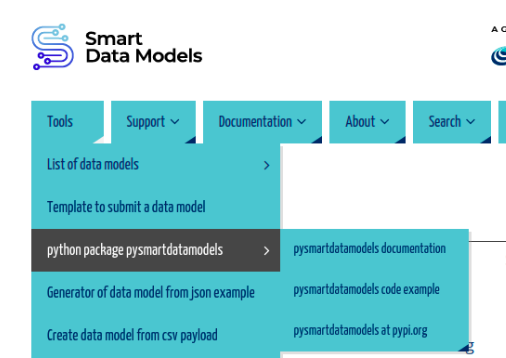We have released a master sheet that simplifies the contribution to the smart data models.
It uploads the data model to a new repository called drafted.
The video help is also available
Steps for using the spreadsheet
0.- Make a local copy in your google account and grant permission the first time you use it (it warns you that it is not validated by google, true, but anyhow go to advance and grant the permissions
1.- Include your example in json key values
2.- Include the name of the data model, its title, the subject, and the description together with your email
3.,- Describe the attributes, their NGSI type, their data type, and the written description.
And click on the two buttons












